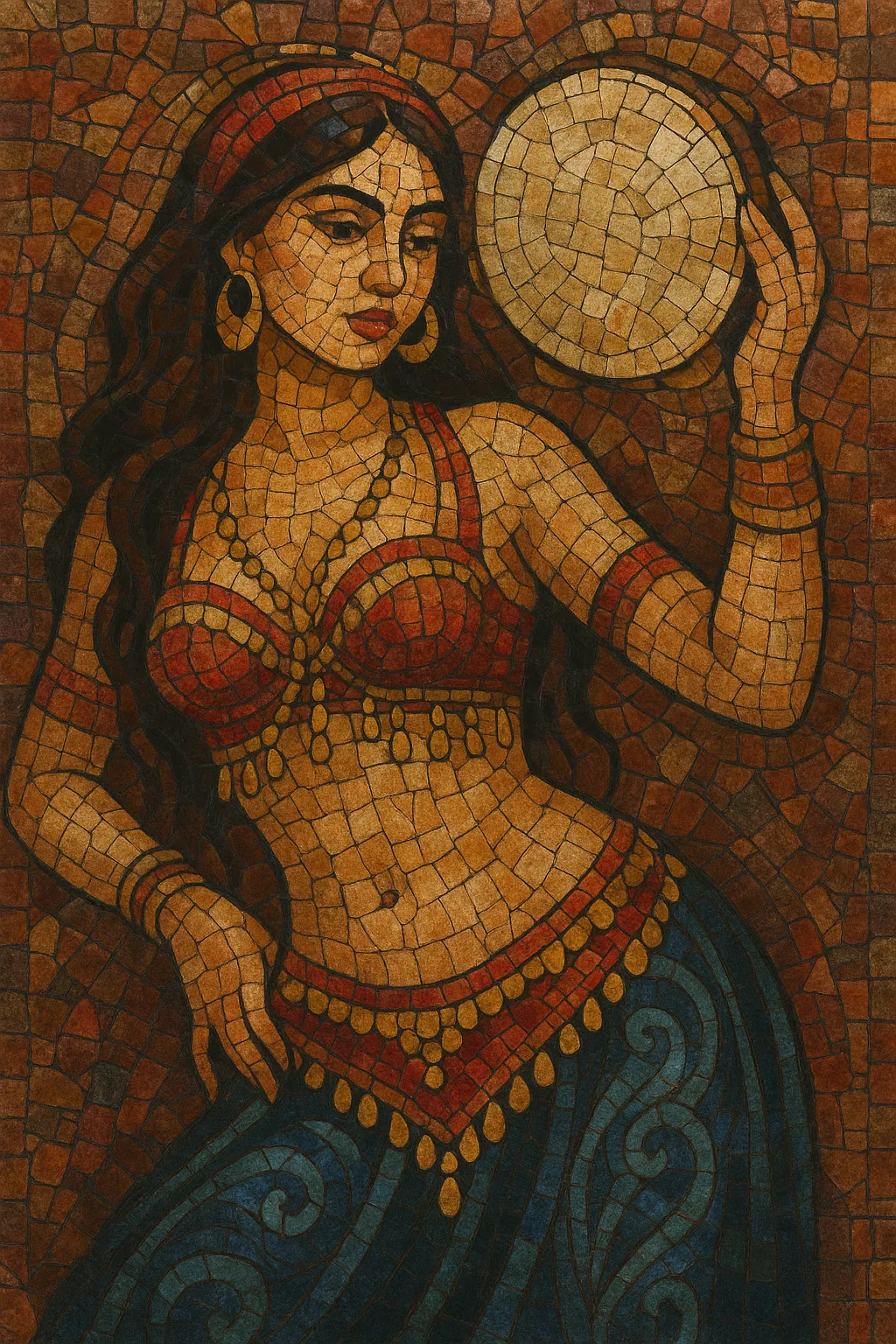Chalga is a Bulgarian pop-folk style that fuses local Balkan dance traditions with Greek laïko, Turkish/Arabesk melodicism, Serbian turbo‑folk energy, and contemporary pop and club production.
It features melismatic vocals, Eastern (maqam‑like) scales such as Hijaz and harmonic minor, prominent synths and drum machines alongside clarinet, saxophone, violin, and darbuka, and lyrics that often revolve around love, heartbreak, nightlife, wealth, and bravado.
Commercially, chalga became a dominant entertainment form in Bulgaria after the fall of communism, thriving in nightclubs and on specialized TV channels, and sparking ongoing debates about taste, identity, and class.
The name “chalga” is related to the Ottoman‑era urban music term čalgija/çalgı, but the contemporary Bulgarian genre is a distinct, post‑1990s pop‑folk phenomenon. It emerged in the early 1990s as state cultural controls collapsed, private labels and venues proliferated, and audiences embraced danceable music that blended Balkan folk idioms with Greek laïko, Turkish arabesk, and Western pop.
Independent labels (notably Payner) and dedicated nightclub circuits helped codify chalga’s sound: synthesizer‑driven arrangements, drum machines and darbuka, Eastern‑tinged melodies, and ornamented vocals. The music drew on asymmetrical Balkan meters (7/8, 9/8) but also relied heavily on 4/4 club beats, making it accessible to broader pop audiences.
With music television and compilation culture, chalga dominated local charts and weddings, and exported across the Bulgarian diaspora. Its glamorous image—fashion, luxury motifs, and nightlife—became part of its brand, while critics debated its aesthetics and social messages.
Chalga continued absorbing global pop and urban influences (EDM, reggaeton, trap), producing crossovers with hip‑hop and electronic styles while keeping characteristic Eastern scales and vocal ornaments. Streaming and social media amplified star power, and the style remains a central node in Balkan pop‑folk networks, dialoguing with related scenes like Serbian turbo‑folk and Romanian manele.
Aim for a pop‑club framework colored by Eastern melodic language. Keep the song catchy and danceable, but allow room for vocal ornamentation and instrumental hooks (clarinet, sax, violin).


